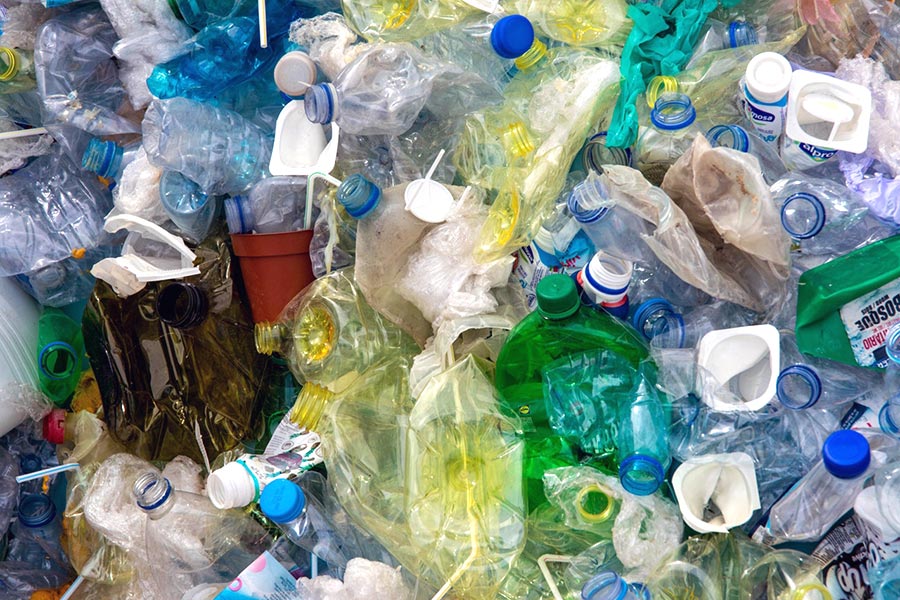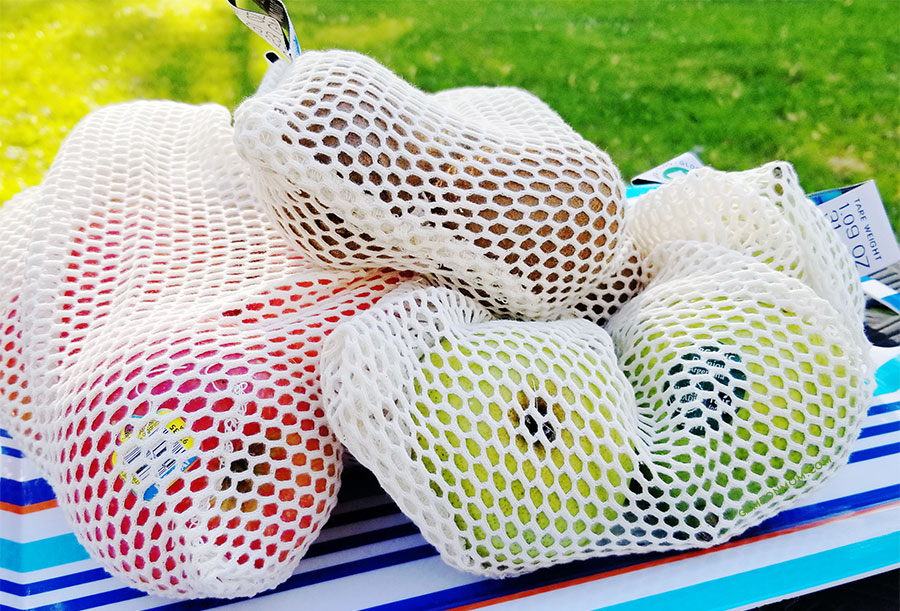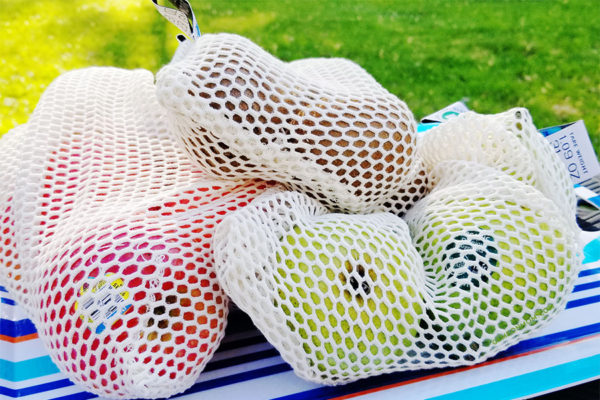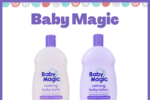How to Dive Into Plastic-Free Living in 2020. Expert Tips for #Zerowaste & #Plasticfree Living.
Plastic is hiding in plain sight everywhere. The more we’re aware of it, the more we see it popping up in every aspects of our daily lives. From water bottles to shopping bags, take-out containers, and even in our bathrooms, plastic has infiltrated our lives.
You wake up and the first thing most of us do is grab our toothbrush, which is, of course, made out of plastic. Then we take a shower and squeeze shampoo out of a plastic bottle, shave our legs with a plastic razor, pop open the top of a plastic bottle of body lotion, eat yogurt for breakfast out of a plastic tub, etc… Plastic is pressed into action for most of us again and again the whole day long!
Trying to get rid of single-use plastic items can seem like a daunting task, but taking small steady steps to eliminate one item at time can make the process more manageable. It may seem overwhelming at first to reduce your dependence on plastic, but here are some easy tips from an expert in zero-waste living and plastic reduction.
Sandra Ann Harris, social entrepreneur and founder of ECOlunchbox, encourages families to say goodbye to guilt and celebrate the transition into a plastic-free lifestyle in 2019.
Ditch the plastic in the kitchen. Pick a room in your home where you want to start dialing down your dependence on plastic. We recommend starting your plastic detox in the kitchen by looking through your kitchen cupboards and drawers. There are lots of plastic containers and kitchen tools you can easily swap out for non-toxic, plastic-free options.
Plastic food containers can easily be replaced with stainless steel ECOlunchboxes or glass. Instead of plastic straws, use glass, steel, bamboo, or paper straws. Ditch plastic spatulas and cooking utensils in favor of bamboo or steel utensils. Toss plastic cutting boards and replace with bamboo or wood.
Pro tip: Instead of using dishwasher pellets packed in plastic packaging, go back to using powdered detergent in a cardboard box.
Invest in zero-waste to-go supplies. Most of us eat on the go frequently. Sometimes we’re packing food at home and toting it with us. Other times we picking up prepared foods at a restaurant or a food bar where it’s sold by weight. In either case, it’s critical to have drink and food containers on hand. Do you have reusable food and beverage containers? Do you have a reusable straw?
We like insulated cups with wide mouths because they can be used for hot or cold drinks as well as filled with soups. Toting an insulated container, along with a reusable glass or metal straw, is a great way to combat waste. For your food needs, be sure to have a plastic-free food container set, like a nesting Seal Cup Trio set made out of stainless steel and silicone, on hand for your to-go needs.
Pro tip: To ensure you have your reusables at the ready when duty calls, buy a few sets of reusables so you can have on hand at home, school, or office and in your briefcase if you are traveling by public transit or by car if you drive!
Cut down on plastic while grocery shopping. Reusable bags are a must-have for groceries and everything else. Duh! Once you’ve got your bag covered, it’s time to up the ante and add cotton muslin produce bags, glass Mason jars, and stainless steel reusable containers to your zero-waste shopping kit. These items empower you to refuse plastic produce bags as well as plastic deli and meat counter packaging.
Put your shopping bags along with these other plastic-free tools in the back of your car or your bike so you’re ready to go when your next grocery trip calls.
Pro Tip: Ask customer service at your favorite market how to get tare weights noted on your reusable produce bags and containers so you’re only charged for the food you’re buying. This way the cashier can deduct the weight of the bag or container from your charge at check-out.





















